Comparing Skin Rashes: Causes & Symptoms
By Clara Vandermeer / Oct 27
Have you ever wondered how a simple skin rash could create so much confusion? Understanding ringworm—a fungal infection rather than a parasitic one—can empower you to take charge of your skin health and prevent potential outbreaks.
This visual outlines how ringworm spreads and the factors contributing to its recurrence, highlighting key areas for prevention and management.
When it comes to skin rashes, one of the most misunderstood is ringworm. Despite its name, it isn’t a worm at all! Instead, ringworm is a fungal infection caused by a group of fungi known as dermatophytes. In this section, we'll explore what ringworm is, how it spreads, and its contagious nature. Understanding this can empower you to recognize the signs and take action if needed!
Ringworm can affect various parts of the body, including the scalp, feet, and skin. It’s essential to learn how this condition develops and spreads so you can avoid it. As someone who has researched extensively about skin health, I know the importance of being informed so we can tackle these issues together!
Ringworm, also known as tinea, is a fungal infection that manifests as circular, red, itchy rashes. It can spread through direct skin-to-skin contact with an infected person, contaminated objects, or even through pets. Here are some common ways ringworm can spread:
Being aware of how ringworm spreads is the first step in prevention. If you suspect you’ve been exposed, quick action can make all the difference!
Dermatophytes are the fungi responsible for ringworm, thriving on keratin found in skin, hair, and nails. These fungi can live on surfaces and in the environment for long periods, which makes them tricky to avoid. Knowing how they operate helps you understand why maintaining hygiene is critical in preventing infections.
There are several types of dermatophytes, including Trichophyton, Microsporum, and Epidermophyton. Each type can cause different forms of ringworm, so recognizing their role is vital for effective treatment. For more comprehensive information on dermatophytes and ringworm, you can refer to the CDC's clinical overview of ringworm.
Ringworm is highly contagious, which means it can spread easily from one person to another. Understanding the risk factors can help you take proactive steps. Some key factors that increase the likelihood of transmission include:
By knowing these risk factors, you can better protect yourself and your loved ones from this pesky infection. At What Are Rashes, we aim to equip you with the knowledge to recognize and address skin issues early on, making your skin health journey smoother! Further details on ringworm transmission and risk factors are available from the CDC.
Identifying ringworm symptoms is crucial for prompt treatment. In the next section, we will discuss what to look out for and how to differentiate it from other skin conditions.
To effectively prevent ringworm, consider incorporating antifungal powders into your daily routine, especially if you frequent shared spaces like gyms or swimming pools. These powders can help absorb moisture and create an environment that is less hospitable to fungi.
Dealing with ringworm can be frustrating, especially when it keeps coming back. Understanding the common causes of recurrence is key to effectively managing and preventing future outbreaks. One of the first steps I recommend is recognizing the role of personal habits and environmental factors in these recurring infections. Let's explore how we can tackle this issue together!
Several factors can contribute to the recurrence of ringworm, and addressing these is critical for long-term management. Here are some common causes:
To effectively address these causes, it’s essential to follow treatment plans thoroughly and maintain a clean environment. I often tell my readers that staying proactive is your best defense! You can find helpful information on managing ringworm and preventing recurrence from Nationwide Children's Hospital.
Keeping your skin healthy is crucial in preventing ringworm recurrence. Here are some helpful practices:
By following these skincare practices, you can help create an environment that’s less conducive to fungal infections. Remember, consistency is key!
The environment where you live and work can significantly impact the likelihood of ringworm returning. Here’s what to consider:
Taking these environmental factors into account can make a big difference in your ringworm management strategy. Keeping your surroundings clean and vigilant can help you prevent future outbreaks!
As we navigate the world of ringworm, it's important to clear up some misconceptions that can cause unnecessary worry. Many people have questions that I often hear in my practice, and I’m here to help demystify them!
Let’s set the record straight on some myths about ringworm:
By understanding these facts, you can feel more empowered in managing your health and know what to look for. Education is a powerful tool!
Many readers have questions about treating and caring for ringworm. Here are some frequently asked questions I encounter:
These FAQs highlight the importance of ongoing awareness and care. If you're unsure about anything, don’t hesitate to reach out for professional advice!
Your immune system plays a vital role in combating infections, including ringworm. A healthy immune response can help prevent the recurrence of fungal infections. Here’s how:
Taking care of your body is crucial not only for fighting off infections but also for your overall health. Let’s work together to keep your skin healthy and resilient!
As we wrap up this section, remember that knowledge is power when it comes to managing ringworm. Being informed about treatment options and preventive strategies can help you take control of your skin health!
If you’re experiencing persistent symptoms or have concerns about ringworm, don't hesitate to consult a healthcare professional. It’s always better to be safe than sorry, and a dermatologist can provide tailored advice and treatment options for your specific situation.
Take proactive steps to protect your skin! Whether through enhanced hygiene, regular skin checks, or seeking professional advice, every action you take contributes to your health. Remember, you’re not alone in this journey, and I’m here to help guide you along the way!
Here is a quick recap of the important points discussed in the article:
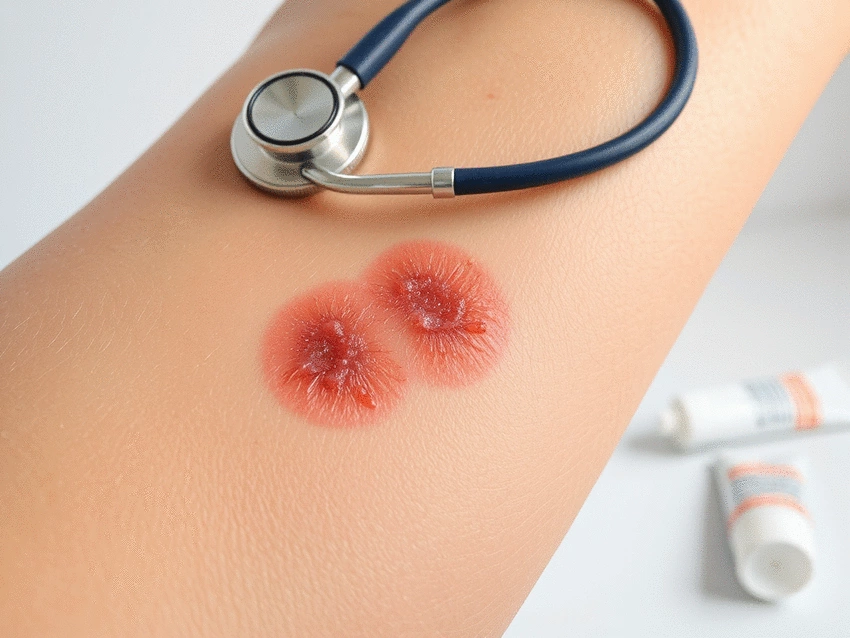
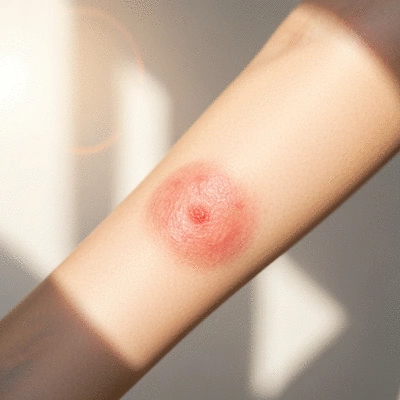

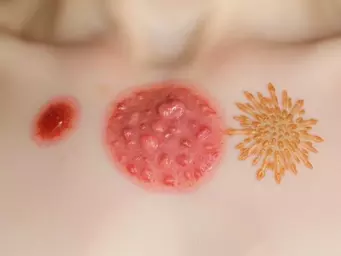 Comparing Skin Rashes: Causes & Symptoms
In the realm of skin health, recognizing the different types of rashes can be the difference between
Comparing Skin Rashes: Causes & Symptoms
In the realm of skin health, recognizing the different types of rashes can be the difference between
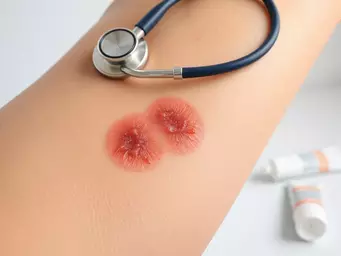 Identifying and Treating Ringworm
Have you ever wondered how a simple skin rash could create so much confusion? Understanding ringworm
Identifying and Treating Ringworm
Have you ever wondered how a simple skin rash could create so much confusion? Understanding ringworm
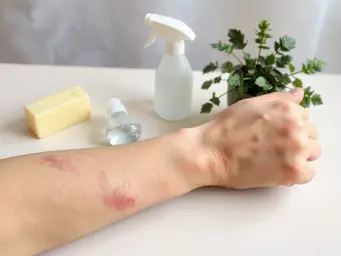 Understanding Contact Dermatitis Causes
Everyday encounters with common products can lead to unexpected skin reactions. By understanding the
Understanding Contact Dermatitis Causes
Everyday encounters with common products can lead to unexpected skin reactions. By understanding the